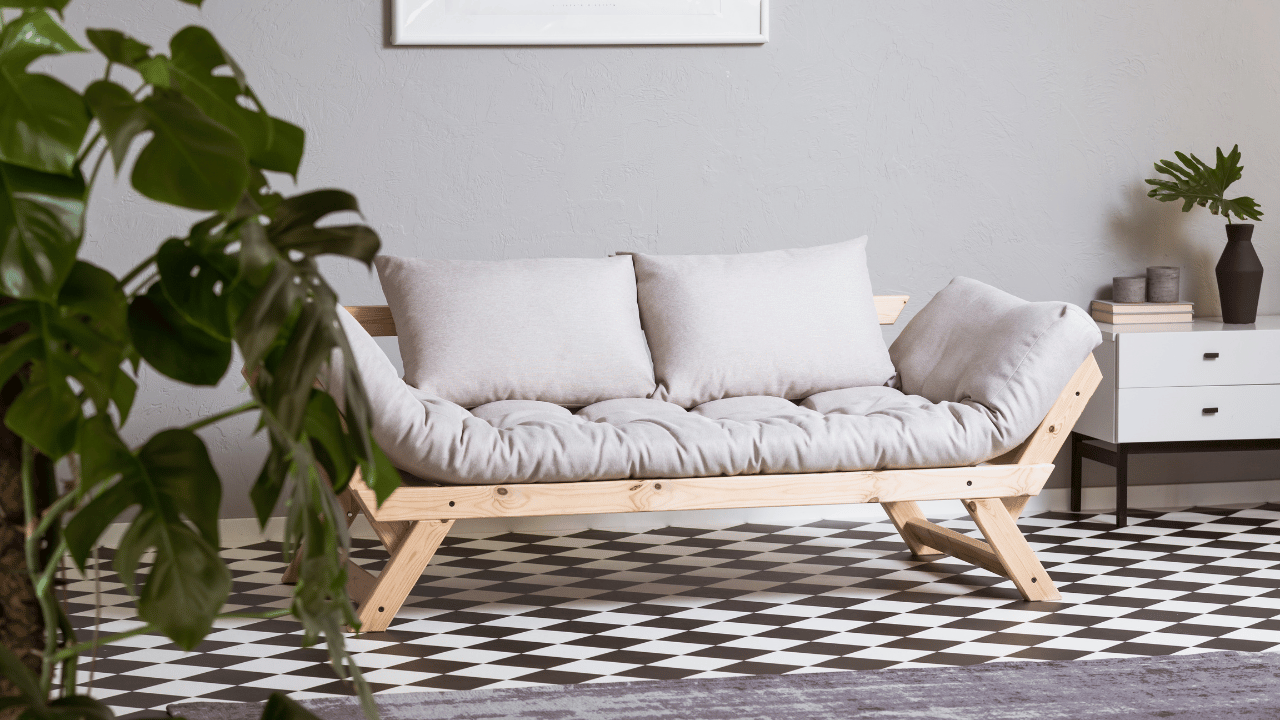Last Updated on September 20, 2023 by Pro Handyman Australia – Editorial Team
Once an iconic staple of college dorm rooms and small studio apartments, futons have evolved into stylish and versatile pieces of furniture, perfect for any home. Whether you’re looking for a space-saving solution, a guest bed alternative, or just an adaptable seating option, a futon can be an excellent choice. However, with a myriad of styles, materials, and features available today, selecting the right one might feel overwhelming. Welcome to our futon buying guide, where we’ll simplify the journey of finding the ideal futon that not only meets your functional needs but also complements your living space aesthetics. Dive in as we unravel the ins and outs of the contemporary futon market.
Origins of the Futon
Futons, deeply rooted in Japanese history, have served as the preferred bedding option for countless generations. Early Japanese bedding was simpler, consisting of a hemp-woven mat called ‘mushiro’ placed directly on the floor, topped by a softer mat for added comfort. The Nara period in the 8th century brought innovations with the introduction of straw mats to enhance comfort, eventually giving birth to the familiar tatami flooring of today. Elite members of society added plush zabuton cushions to their straw mats for added luxury. As time progressed, mattresses began to be placed atop tatami floors or mats and were conveniently folded and stored during daytime, much like the modern-day futon.
Interestingly, the Western futon variant that ensures sleepers are elevated from the floor was innovated by William Brouwer from Boston in the 1970s, tailored for the compact apartments prevalent there. These mattresses were notably thicker and softer than traditional Japanese futons and were set on the wooden frames of sofa beds. Such designs remain dominant in the Western market, and the inclination for thicker mattresses has even permeated the Japanese market, broadening mattress size choices.
The Craftsmanship Behind Futons
Japanese futon mattresses, typically measuring two to three inches in thickness, are filled with cotton and are malleable enough for daytime rolling and storage. Their longevity, often spanning fifteen years or more, surpasses many Western mattresses, a testament to the meticulous craftsmanship invested in them. The emphasis is on ensuring the sleeper experiences optimal support and comfort.
A hallmark of futons is their predominant use of cotton. The stuffed mattress is generally encased in a zippered cotton cover. Owing to their utilization of natural materials, futons stand out as an eco-friendly sleeping alternative. Their enduring nature further underscores the sustainability and durability of these materials.
The Ultimate Futon Buying Guide: Everything You Need to Know
Futons have long been a favorite for small apartments, dorm rooms, and other spaces that call for flexibility. Originating in Japan, these versatile pieces can function both as beds and sofas, making them a smart choice for those looking to maximize their space. But with numerous options on the market varying in size, material, and design, how do you choose the right one for your needs? This detailed futon buying guide is here to help you make an informed decision.
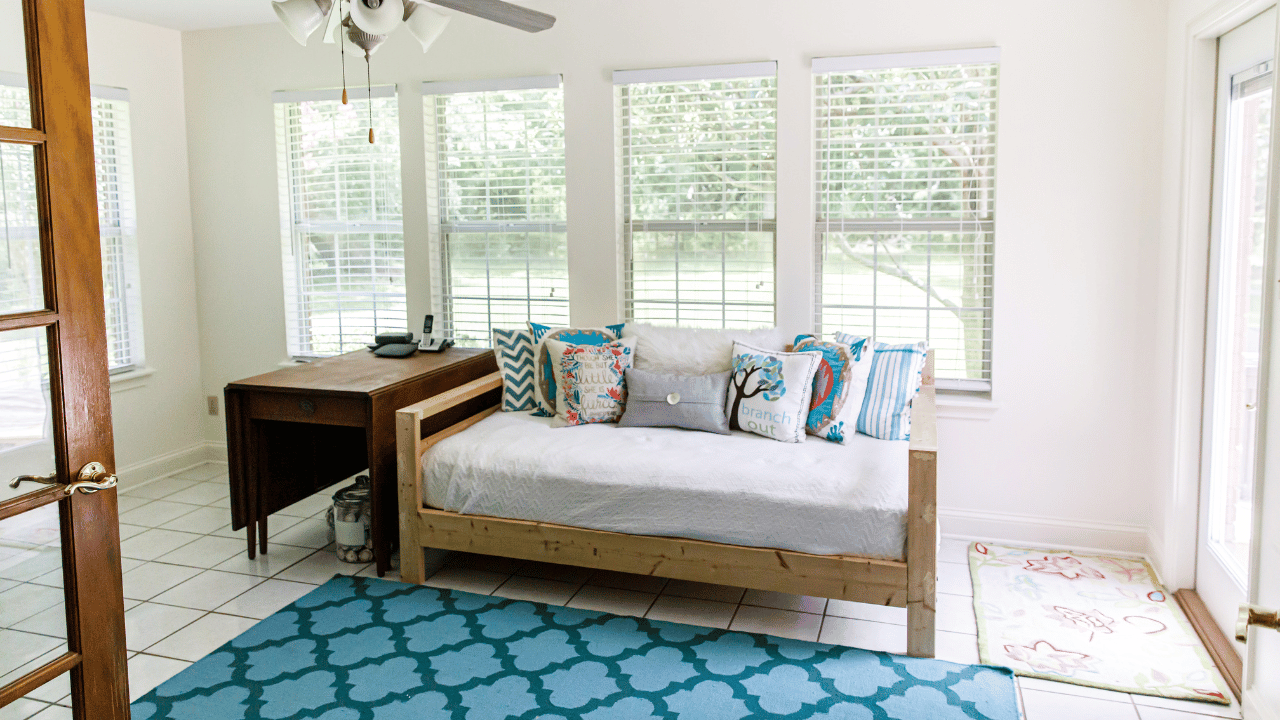
1. Understand the Basics: What is a Futon?
A futon typically consists of two main components: the frame and the mattress. The frame can be folded in the middle, allowing the futon to switch between a sofa and a bed. The mattress, often flexible, is designed to work seamlessly with the folding mechanism.
2. Choose the Right Frame
There are various frame types available, primarily distinguished by the material used and the mechanism of conversion.
- Wooden Frames: These offer a classic, durable look and can complement a wide range of interior decors. Hardwoods like oak, ash, or maple are more durable than softwoods.
- Metal Frames: These are generally more affordable and lightweight. They’re great for modern interiors but might not be as durable as hardwood frames.
- Bifold vs. Trifold: Bifold frames fold the mattress once, dividing it into a seat and backrest. Trifold frames fold the mattress twice, offering a little more versatility in terms of positioning.
3. Prioritize Mattress Comfort and Durability
The comfort of your futon will significantly depend on the mattress. Here are some options:
- Cotton-filled Mattresses: These are often firmer and are primarily used in traditional Japanese futons. They can, however, compact over time and lose their shape.
- Innerspring Futon Mattresses: Similar to traditional bed mattresses, these provide a higher degree of comfort but might be a bit more challenging to fold.
- Foam Futon Mattresses: Lightweight and comfortable, foam mattresses hold their shape well, making them an excellent choice for frequent use.
- Hybrid Mattresses: These combine layers of foam and innerspring to offer both comfort and resilience.
4. Consider Futon Size and Dimensions
Futons come in various sizes, much like traditional beds:
- Single/Twin: Ideal for solo sleepers or for rooms with very limited space.
- Full/Double: Suitable for two people to sit or one person to sleep. This is the most common size for futons.
- Queen: Offers additional sleeping space, ideal for two sleepers.
Ensure you measure your space before making a purchase, keeping in mind the futon’s dimensions when both folded and unfolded.
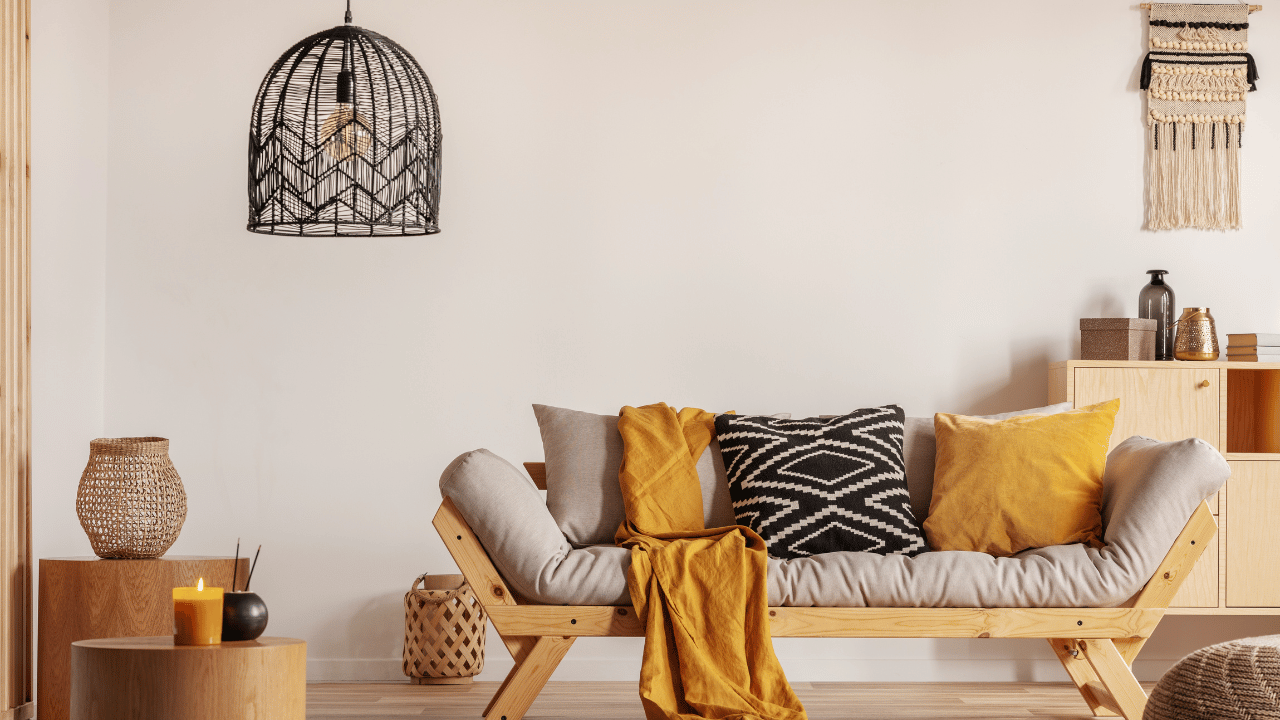
5. Style and Aesthetics
Futons are available in an array of designs, from minimalist to ornate. Consider the overall decor of your room when choosing:
- Armless Futons: These are sleek and can fit into tight spaces, suitable for modern decors.
- Armed Futons: These look more like traditional sofas when folded up, providing a more structured appearance.
6. Additional Features to Consider
- Mattress Covers: It’s worth investing in a durable and washable mattress cover to protect your futon and allow for easy cleaning.
- Storage Drawers: Some futons come with drawers beneath the frame, offering extra storage space for linens or other items.
- Multiple Positions: High-end futons might offer multiple reclining positions, providing a greater range of comfort options.
7. Test Before You Buy
If possible, try sitting and lying down on a futon before purchasing. This will give you a clear idea of its comfort level and ease of conversion.
8. Reviews and Recommendations
Lastly, always check product reviews and seek recommendations. They can provide insights into the durability and comfort of the futon from people who have used it over time.
A futon is a versatile piece of furniture that can be both functional and stylish. With this guide at hand, you’re equipped to make a choice that suits your space, needs, and aesthetic preferences perfectly. Happy shopping!
Exploring Futon Varieties
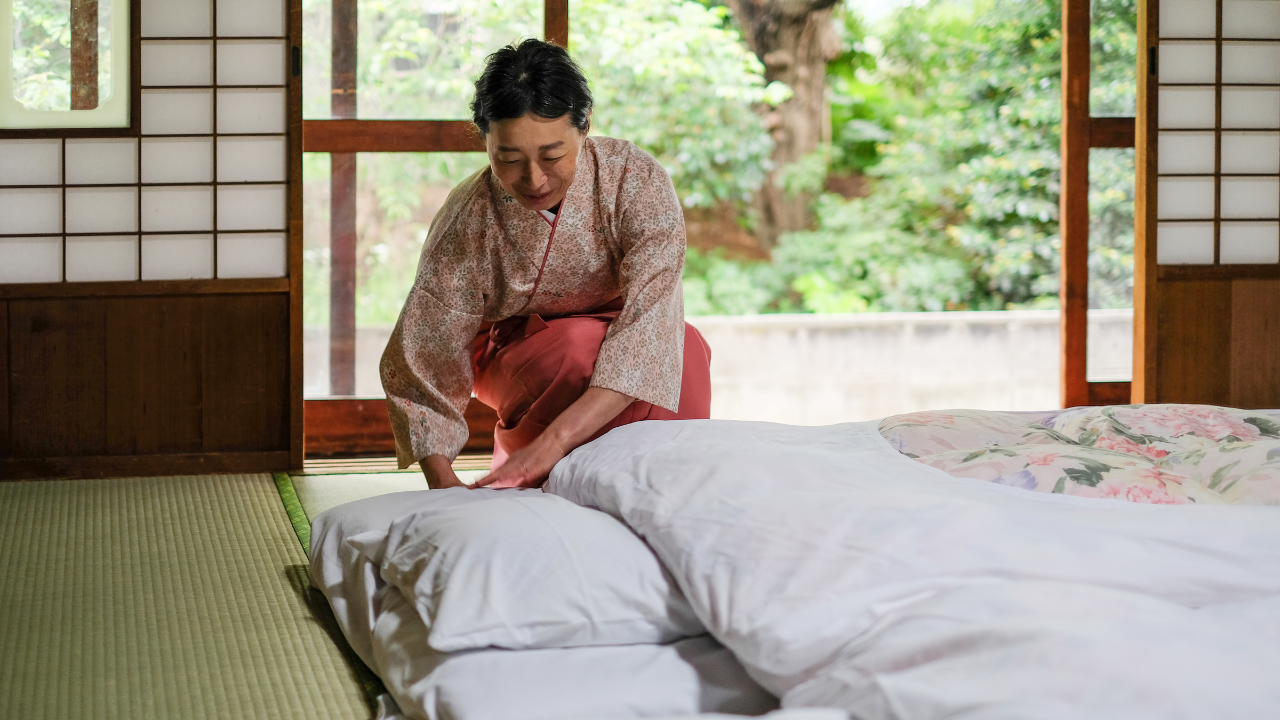
Bifold Futon Bifold futons are characterized by their single fold down the middle of the mattress. Renowned as the most prevalent futon style, they comfortably accommodate three to four individuals, making them ideal for hosting multiple guests or family members. Beyond seating, their design ensures that they serve as cozy sleepers. One of the significant advantages of this style is its ease of operation; typically, it features a handle or bar located beneath, allowing users to effortlessly unfold the mattress and transition it into a bed.
Trifold Futon The trifold futon, as its name suggests, incorporates three distinct sections, differentiating it from the bifold’s singular fold. The third section can either fold behind or beneath the futon. Interestingly, when this third section is positioned at the bottom, it can enhance the futon’s comfort by serving as a reclining feature. While this design does not accommodate as many seated individuals as a bifold futon, it is available in similar mattress sizes. Due to its shorter length, it occupies more floor space, which is a consideration for those with spatial constraints.
Loveseat Futon The loveseat futon, with its compact design, consumes less wall space compared to a bifold futon. Various designs exist within this category. One popular design boasts a wooden frame paired with a fold-out mattress. Another version resembles a traditional sofa but is equipped with collapsible arms. These arms extend the futon’s dimensions when it’s utilized as a bed, seamlessly blending functionality and aesthetics.
Identifying the Futon’s Primary Purpose
When considering a futon, it’s paramount to identify its main role in your living space. Will it serve primarily as a sofa or be frequently converted into a bed? This insight is crucial because it will guide your decisions regarding the futon’s size, style, and budget allocation. For instance, if the futon is destined for your home office, earmarked mainly for leisure reading with the occasional transformation for a visiting friend, a lavish high-end model might not be necessary. Conversely, if the futon’s dual functions of seating and sleeping will be equally utilized, investing in a premium frame that is both durable and user-friendly, paired with a comfortable mattress, could be a wise choice.
Harmonizing with Existing Décor
The futon’s design should resonate with the existing aesthetics of the room it will occupy. Reflect on the room’s ambiance: does it exude a classic charm or lean more towards a contemporary look, characterized by sleek lines and minimalist designs? Is the room dominated by neutral tones or sprinkled with vibrant hues and diverse patterns? Does the color scheme radiate warmth or offer a cooler feel? By addressing these questions, you can ensure that your chosen futon seamlessly integrates with the room, enriching its overall appeal.
Assessing Your Futon Needs 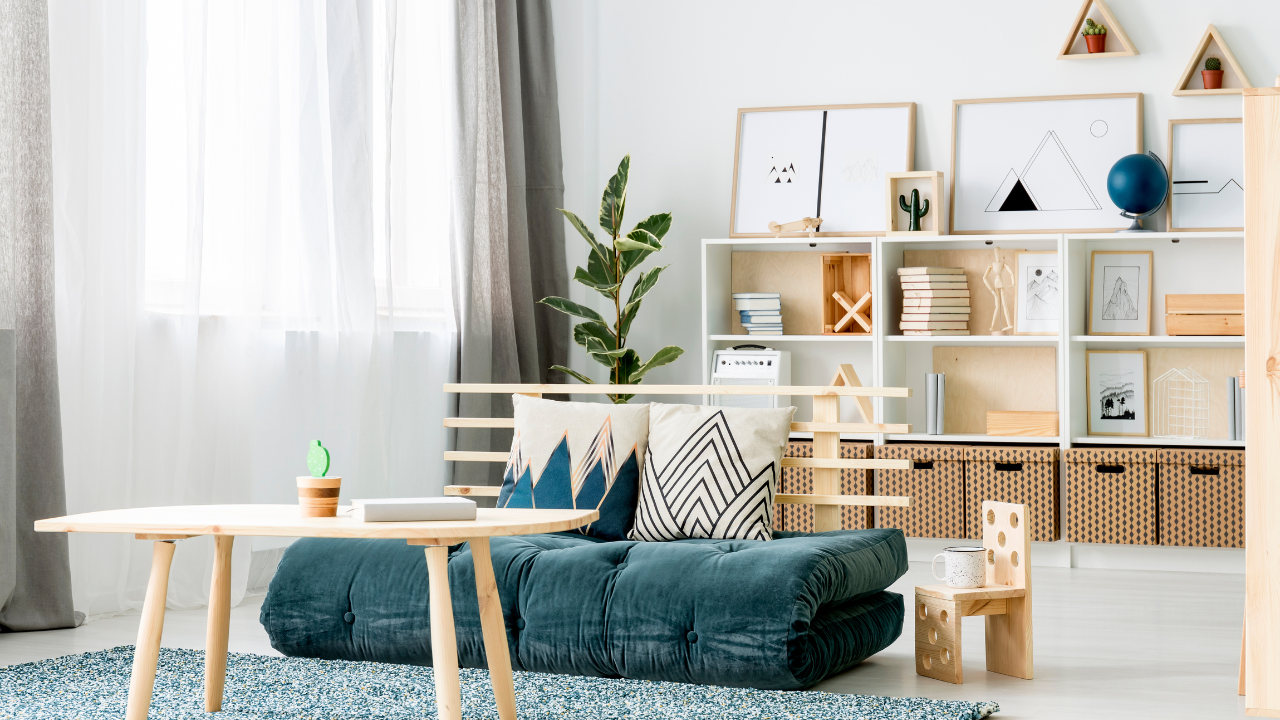
Space Considerations One of the primary reasons people opt for a futon is the efficient use of space. To ensure the futon fits perfectly within your room, it’s essential to take accurate measurements. Measure the specific wall where you intend to place the futon and take into account the dimensions of the futon in both its bed and sofa forms. Ensure there’s at least a two-foot buffer around the futon when extended as a bed; this will prevent any accidental trips during nighttime movement. Additionally, as you evaluate the space, think about the room’s architectural style and decor. Whether you’re leaning towards a traditional or a modern aesthetic, there’s a myriad of futon designs available to complement any room.
Material Choices While traditional Japanese futons were simply mattresses without frames, contemporary futons offer either metal or wooden frame options. Wooden-framed futons often resemble conventional sofas with arms and tend to be bulkier, making them ideal for stationary use. In contrast, metal-framed futons often come without arms and sport a sleek, modern design. Their lighter weight makes them easier to move and transform.
Size Specifications Just like regular beds, futons come in a plethora of sizes, from twin to king. Apart from dimensions, they’re also available in various types such as memory foam, latex, and hybrid, each offering different comfort levels and price points.
Functional Features While all futons essentially come with a frame and mattress, there are certain added features that can enhance their utility. For instance, futon covers are not only functional, protecting the mattress, but they also offer an aesthetic touch. These covers enable you to periodically refresh the futon’s appearance without investing in a new piece. Another ingenious feature in certain futons is the inclusion of pull-out drawers beneath them. These drawers offer a smart storage solution for items like guest linens or extra blankets, ensuring your essentials remain close without occupying additional space.
The Magic of Futons: Why You Should Consider Owning One
Have you ever walked into a cozy, minimalist room and admired a sleek piece of furniture, only to realize it’s a futon? These versatile pieces, with their rich history rooted in Japanese culture, have made a significant mark in modern homes around the world. If you’re on the fence about adding one to your space, here’s a breakdown of why you should seriously consider owning a futon.
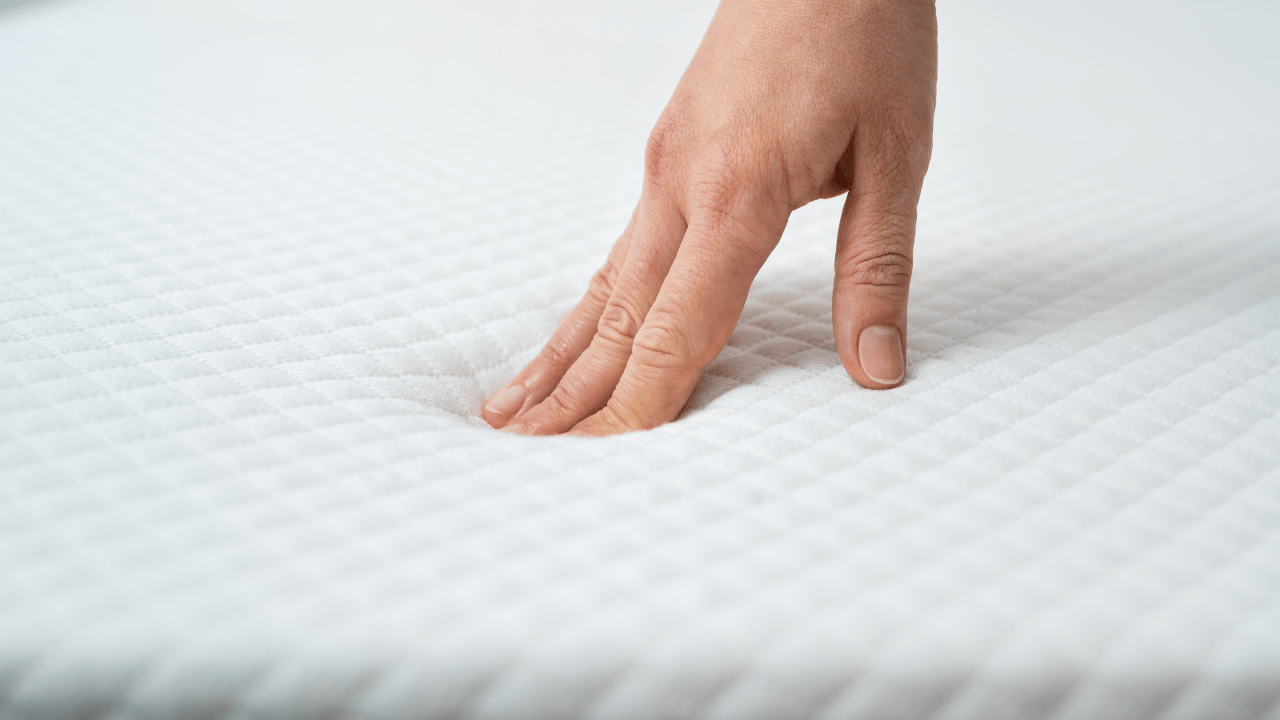
1. Space-Saver Extraordinaire
For those living in compact urban apartments or those who love minimalist interiors, a futon is a dream come true. With the dual functionality of a bed and sofa, you can maximize the utility of a single room. This multipurpose nature of the futon makes it an unbeatable choice for small spaces.
2. Guest-Ready in a Jiffy
No more inflatable mattresses or makeshift sleeping arrangements when friends or family decide to stay overnight. With a futon, you can quickly transform your living room into a guest room, ensuring your visitors have a comfortable night’s sleep.
3. Affordability Meets Style
Futons are generally more affordable than buying a separate bed and sofa. But, economical doesn’t mean you have to compromise on style. Modern futons come in a range of designs and materials, ensuring there’s one to suit every aesthetic and budget.
4. Easy to Move and Assemble
Whether you’re moving houses or just rearranging your living room, the lightweight nature of futons makes the process a breeze. Moreover, assembling a futon is usually straightforward, often requiring minimal tools and time.
5. Changeable Aesthetics
Many futons allow you to change their covers. This means you can alter your room’s look with the seasons or your mood, without investing in a new piece of furniture. From vibrant patterns for summer to cozy textures for winter, the possibilities are endless.

6. Comfort that Adapts to You
While traditional mattresses might limit you to one firmness level, several futon mattresses adapt to your body’s shape over time. This can offer a unique level of comfort tailored just for you.
7. An Eco-Friendly Option
Futons, especially those made with natural materials like cotton or wool, are often more eco-friendly than conventional sofas or mattresses. Their production has a smaller carbon footprint, and they’re easier to recycle or repurpose.
8. Easy Maintenance
Spilled coffee on your futon? No problem. Many futon covers are removable and machine-washable, making them easier to clean and maintain than traditional sofas. Plus, regular fluffing and rotation can keep a futon mattress in top shape for years.
9. Adaptability
Beyond the living room or bedroom, futons can fit into various settings. Think about a cozy reading nook, a home office that doubles as a guest room, or even a covered balcony. The adaptability of a futon is bound only by your imagination.
10. A Nod to Tradition
For lovers of cultural pieces, owning a futon is a nod to Japanese tradition. The practice of laying out futons at night and folding them away in the morning has been a part of Japanese culture for centuries.
In conclusion, futons are more than just space-saving furniture. They encapsulate versatility, style, and function in one sleek package. Whether you’re setting up your first apartment, designing a guest room, or looking for an eco-friendly furniture alternative, the timeless futon might just be the answer you’re seeking.
Conclusion

Navigating the world of futons can initially seem daunting given the diverse options and considerations to keep in mind. However, armed with the right knowledge and insights, you can turn this challenge into an enjoyable journey towards home enhancement. Remember, the perfect futon seamlessly combines functionality with style, ensuring that you don’t have to sacrifice comfort for aesthetics or vice versa. Whether you’re constrained by space, budget, or specific design preferences, there’s a futon out there tailored for your needs. Revisit this guide whenever you’re in doubt, and confidently make a choice that will redefine your living space with both utility and flair. Happy futon shopping!
